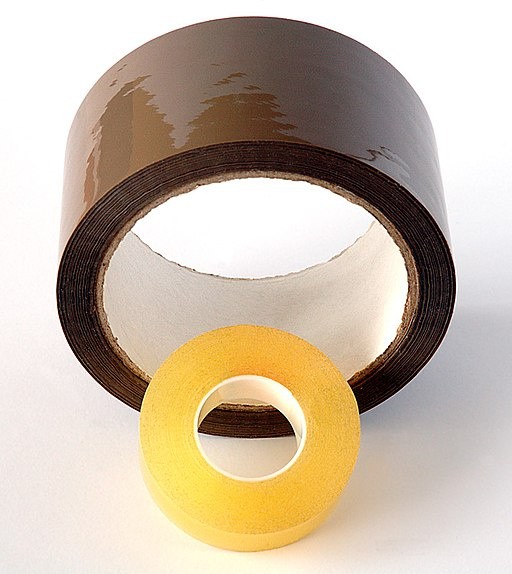The invention of adhesive tapes has revolutionized how materials are combined since it offers a better way to bond objects than screws, fasteners, or welding. It is hard to imagine a world without tape in our modern times. It helps us repair quickly, hold substrates together, and even save lives.

Since their invention in the 1920s, adhesive tapes have continued to evolve using formulations that can improve their stickiness. However, one major challenge remains. Removing a tape with a strong bond can only be done by scraping and prying the corners carefully to avoid tearing away the surface pieces. Conventional adhesives rarely exhibit the properties of being both strong and easily removed.
Achieving the Dual Properties
An adhesive can fall under one of the two types. There are strong ones that are difficult to remove, such as duct tape, while some can be easily peeled off, like sticky notes. It is challenging to develop an adhesive that combines the two properties of being tough but easily removed when required.
Combining these properties in one material could dramatically change the course of adhesives and maximize their applications in various industries. Creating such kinds of bonds can now be possible through the research study by Michael Bartlett, assistant professor in the Department of Mechanical Engineering at Virginia Tech.
In this research, Barlett and his team theorized that adhesives could be strong and easily removable with a controlled separation path. When thinking about the possible solution, they devised a design based on kirigami, a 2,000-year-old Japanese art form. They got inspired to use geometry to control its properties without redesigning its chemical properties.
An Art Form Makes the Cut
Through folding and cutting, the art form of kirigami can effectively transform a flat sheet of paper into another shape or even a three-dimensional object. Due to the artful origins of kirigami, it provides a framework for designing cuts across an adhesive. The research team used this same principle in engineering a series of U-shaped slices.
They realized that using cuts allows them to control how an adhesive separates. The team created the tape by laser-cutting the three sides of a rectangle in a repeating pattern along the strip of an adhesive. An engineered slice forces the adhesive separation path backward at specific locations, making the adhesive very durable. When peeled in the other direction, it always moves forward, making it easy to remove.
It was found that when the proposed cuts were applied, the tape bond got stronger by 60 times while still allowing easy removal of the adhesive. The type of tape did not matter since kirigami increased the strength of every type of adhesive tested in the study, ranging from packaging to medical tapes.
Interestingly, this approach can be customized by placing the cuts in specific locations. A rapid digital fabrication strategy can also be used in creating highly customizable tapes with tunable bonds. From the result of their study, the researchers are hopeful that their invention can be expanded to other industries, such as health monitoring, robotics, and recycling.
Check out more news and information on Adhesives in Science Times.
© 2025 ScienceTimes.com All rights reserved. Do not reproduce without permission. The window to the world of Science Times.











